Unfold our FTC disclosure melodrama here. The following article was last updated on Oct 17, 2025 ...
How To Properly Winterize Your Motorcycle
Consult your schedule to ensure you have ample time to winterize (between one and three hours, depending). The information below provides a fast-track summary of what's to be done. That said, check back often for updates and in-depth explanations for individual steps.
We create an efficient and effective workflow by following an order of operations. If you can't complete the effort in one session, coordinate your stopping points logically and with safety in mind. For example, it's better to finish step seven once you start it. Otherwise, you'll need to reinstall the spark plugs so that dust and debris don't enter the engine. That means you must restart step seven at the next opportunity.
Once you finish, avoid running the engine for the duration of the storage period. Running the engine attracts condensation courtesy of combustion byproducts in the oil. Ready to winterize? Great! Let's start by checking to be sure you've got these products or a preferred substitute on hand.
Clean and Lubricate Everything
(1) Before you start, thoroughly wash, degrease and detail the bike.
(2a) Lift the rear wheel and put the bike in neutral.
(2b) Wipe kerosene over the chain while spinning the rear tire.
(2c) Use your grunge brush to loosen any buildup along the links.
(2d) Apply a second round of kerosene using the same technique as before. Loose grime falls away.
(2e) Spray-rinse the chain with a hose and water, making sure not to "blast" it directly.
(2f) Dry it gently with terrycloth. Let it air-dry for 10+ minutes.
(2g) Apply chain lubricant, i.e., PJ1 blue.
Winterize Fuel, Oil and Seals
(3a) Add Sta-Bil (blue) and/or Seafoam to a near-empty gas tank, then top off with fuel.
(3b) Start the bike and allow the chemicals to mix into the carburetor and engine.
(4) Once the engine is warm, change the oil and filter.
(5a) Turn off the petcock and run the engine until it dies.
(5b) Allow the engine to cool.
(5c) Drain the carburetor float bowls (there's still some gas in there).
This concludes our fuel/oil system effort.
(6a) Using a rag, gently wipe oil over the stationary tubes and seals on the front forks.
(6b) Straddle the bike, hold the front brake and work the front suspension up and down. This will keep the rubber seals from drying out and protect the exposed fork tubes.
Winterize Engine, Electrical and Pivots
(7a) Remove the spark plugs.
(7b) Using a turkey baster, apply motor oil to the cylinders. About one teaspoon (25 cc) works well.
(7c) With the plugs still out, turn the engine over (shift to high gear and spin the rear wheel).
(7d) Clean and gap the plugs before putting them back in.
(8a) Remove the battery.
(8b) If necessary, top it off with distilled water.
(8c) Apply a thin coat of grease to the terminals and connectors (prevents corrosion).
(8d) Connect the battery to a tender and store it in a safe location.
(9) Lubricate the cables, suspension and pivot points.
(10a) Apply a fabric treatment to the seat, selecting a product based on its intended purpose.
(10b) Apply Armor All to the plastic and rubber parts (chassis/non-mechanical only).
Raise Rubber and Jacket Metal
(11a) Inflate your tires to the maximum recommended pressure.
(11b) Place plywood, MDF or thick carpet between the tires and floor - or - suspend both wheels.
(12a) With a clean cloth, spray/wipe chrome polish over the non-painted metals.
(12b) Apply a thin coat of Turtle Wax over the painted metals.
(12c) Spray a little WD-40 into the tailpipe(s) and drain holes.
Vermin will make winter homes of any outlet they can find so ...
(13a) Lightly stuff a small garbage bag into the end of each exhaust pipe.
(13b) Now cover each exhaust pipe with a tall garbage bag and seal it with a rubber band.
(13c) Lastly, cover the air intake and drain hoses with plastic wrap and a rubber band.
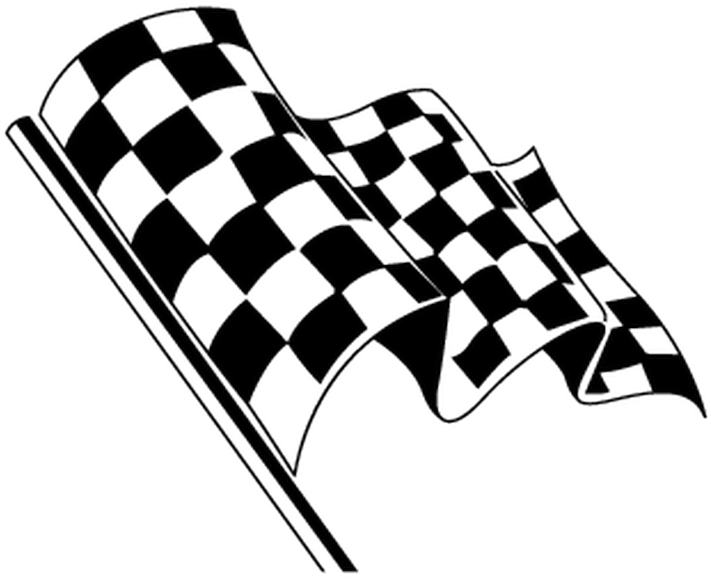
What's Your Motorcycle Winterization Process?
The above instructions are taken from multiple sources. Some prefer a simpler approach, while others might feel these aren't enough. What do you do to protect your motorcycle during the cold months? How does the bike respond come spring? Your input is invited. Leave a comment and/or write an article!
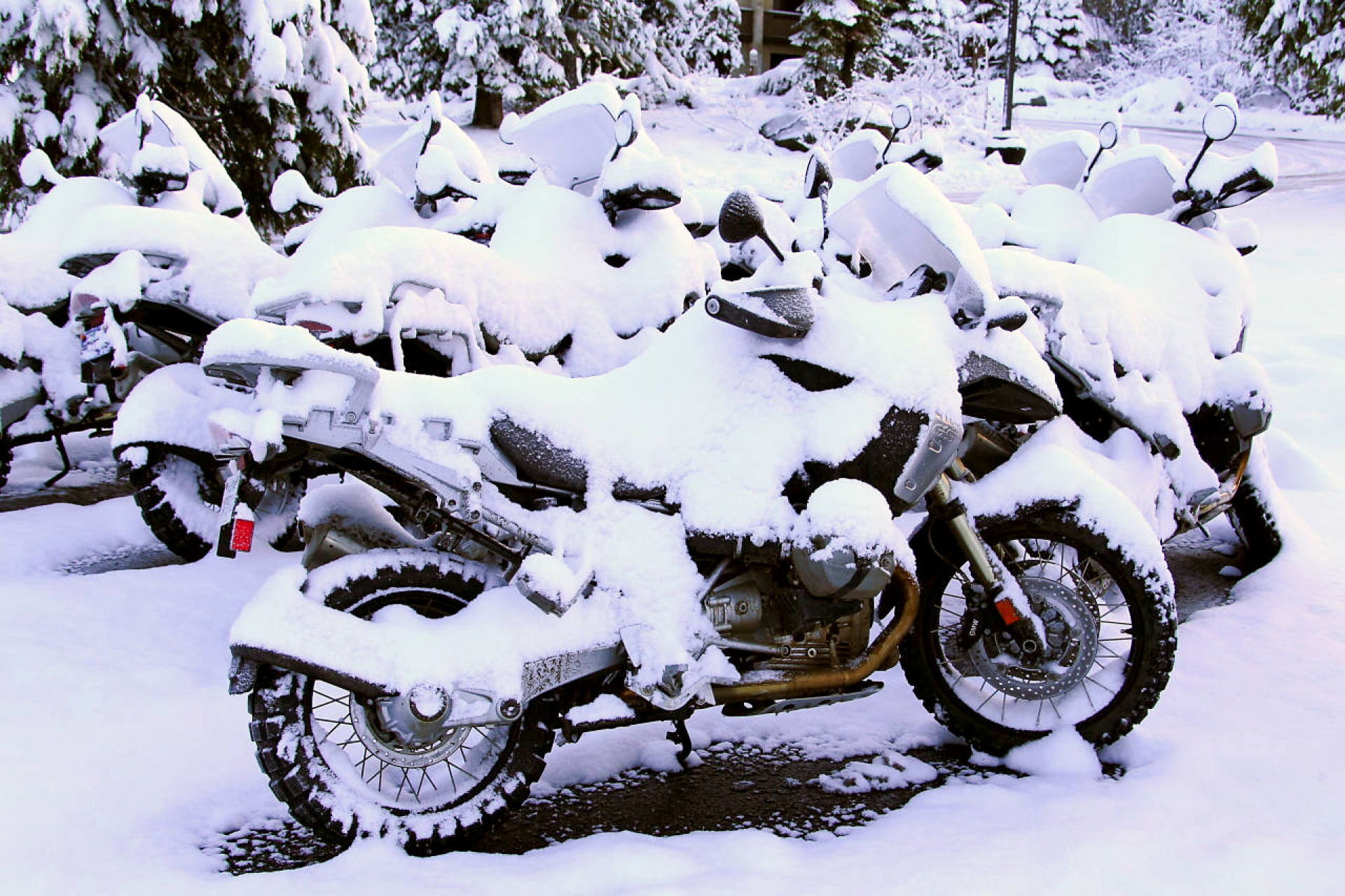
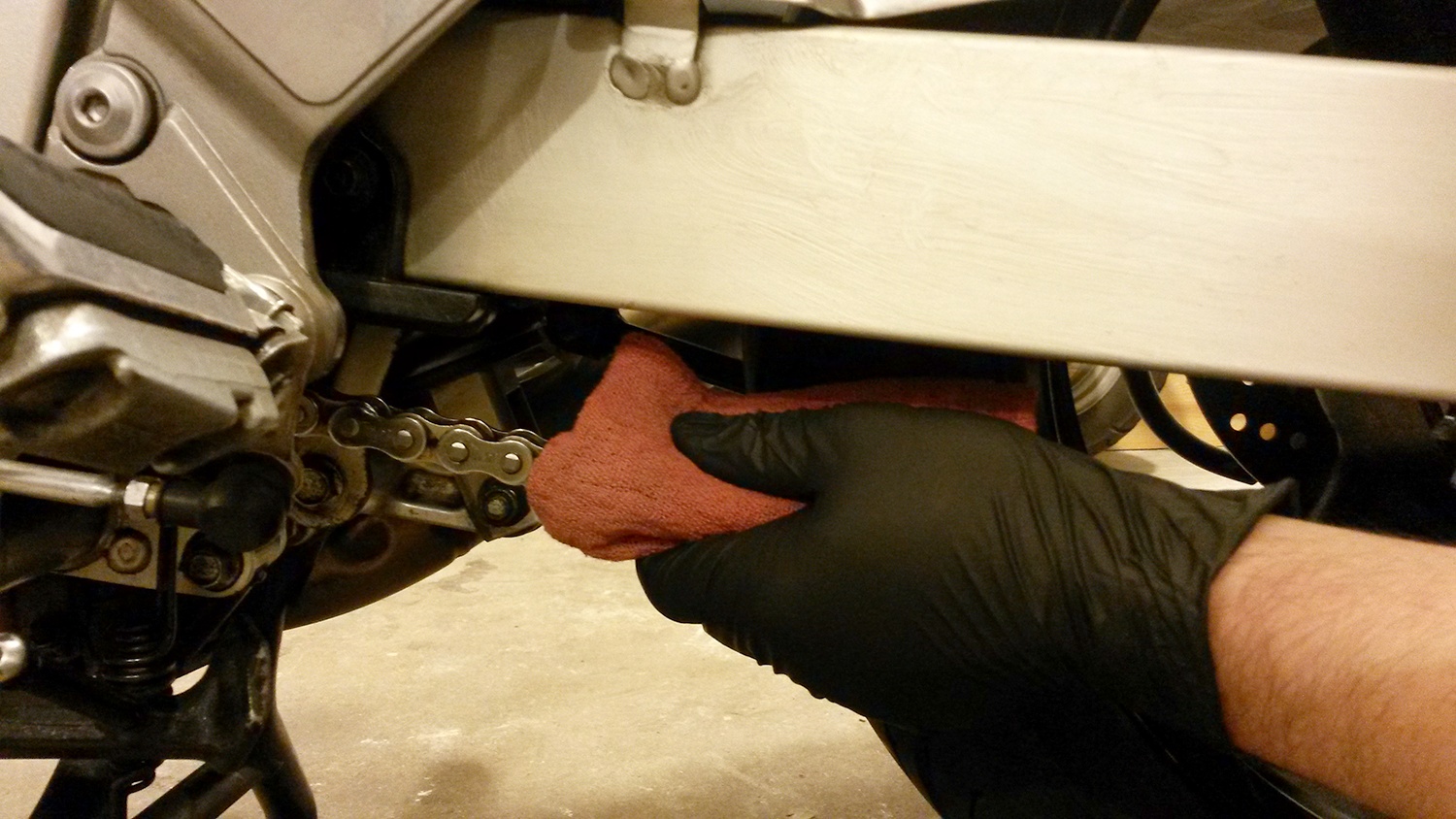

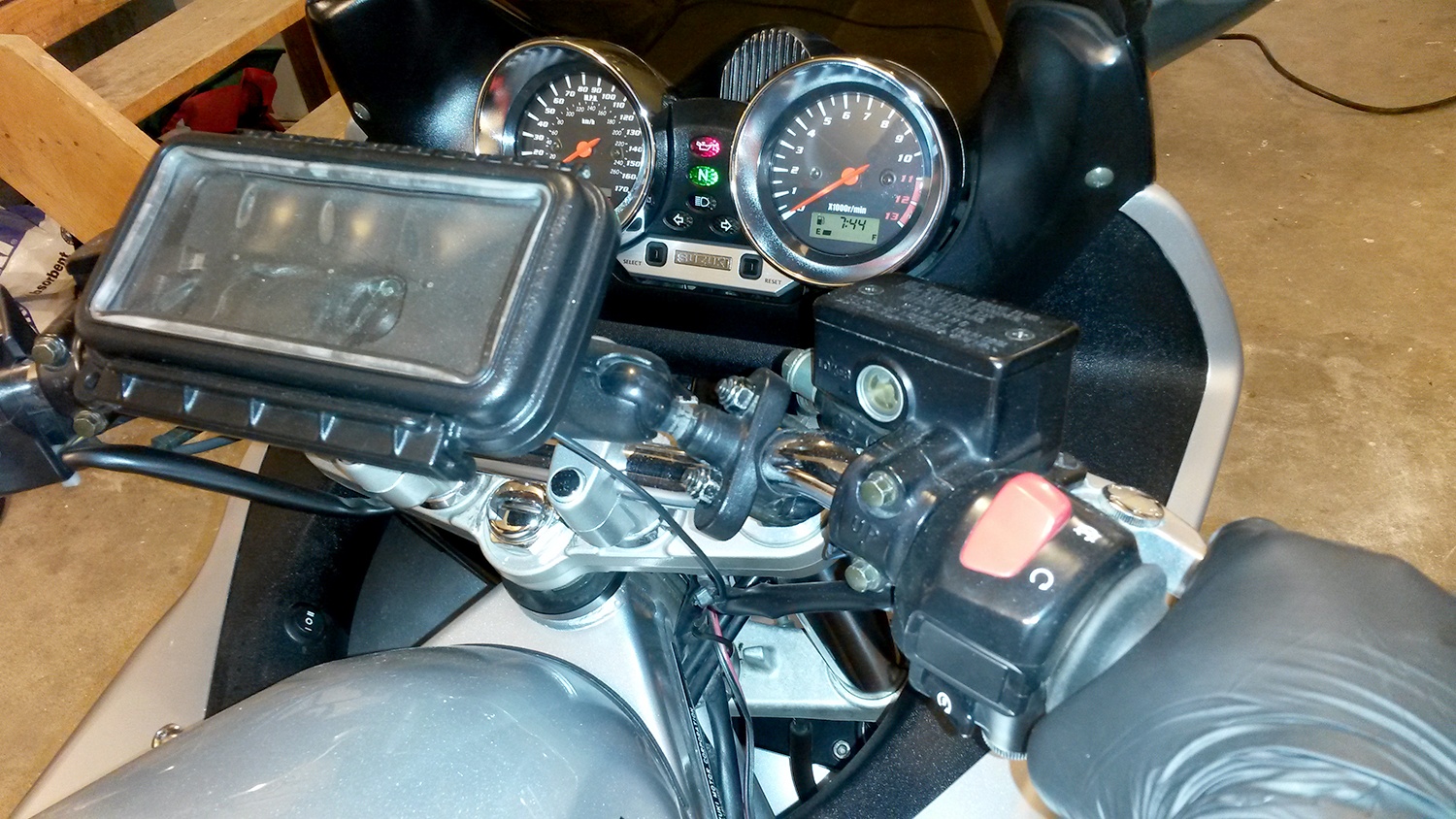
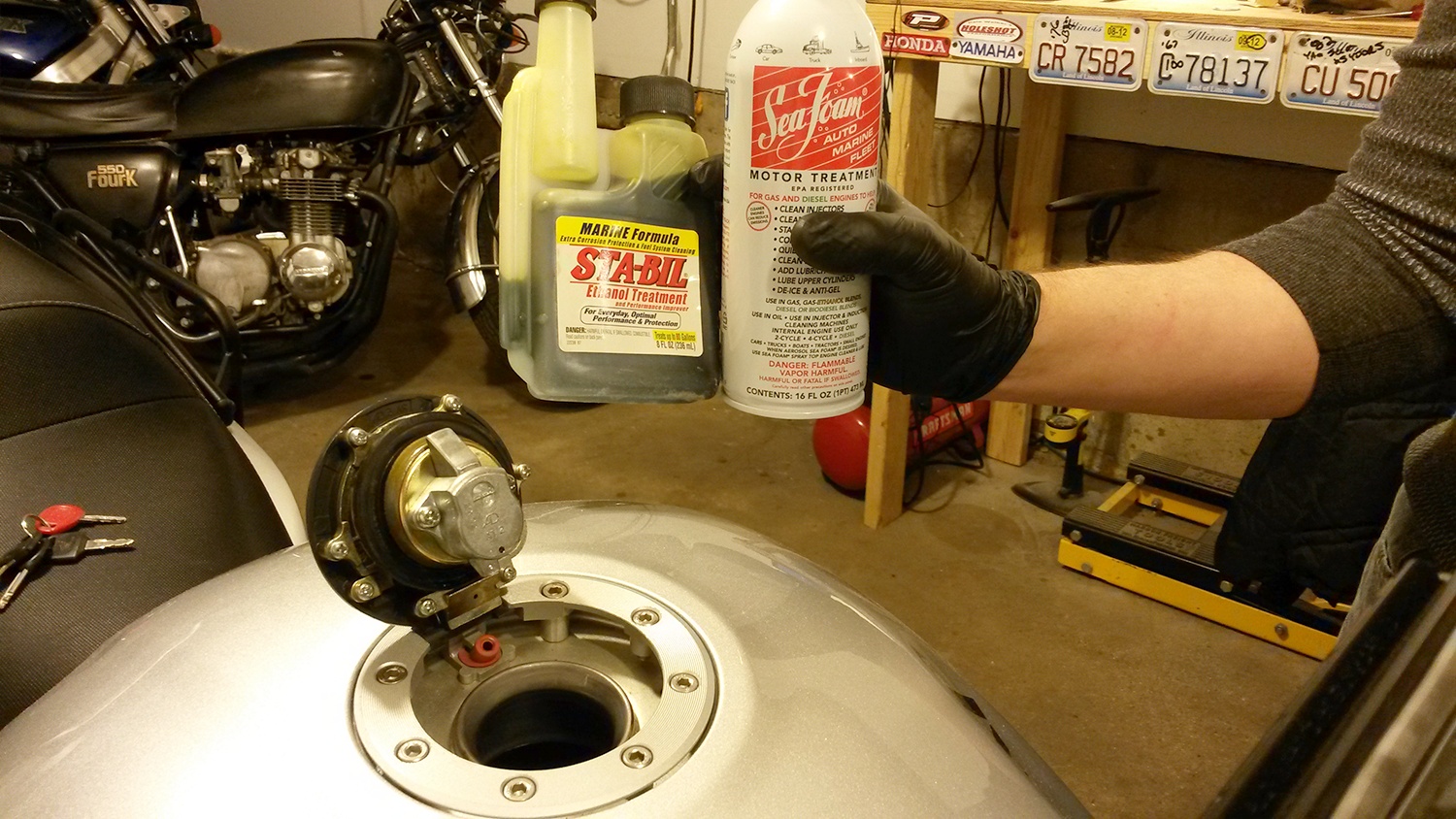
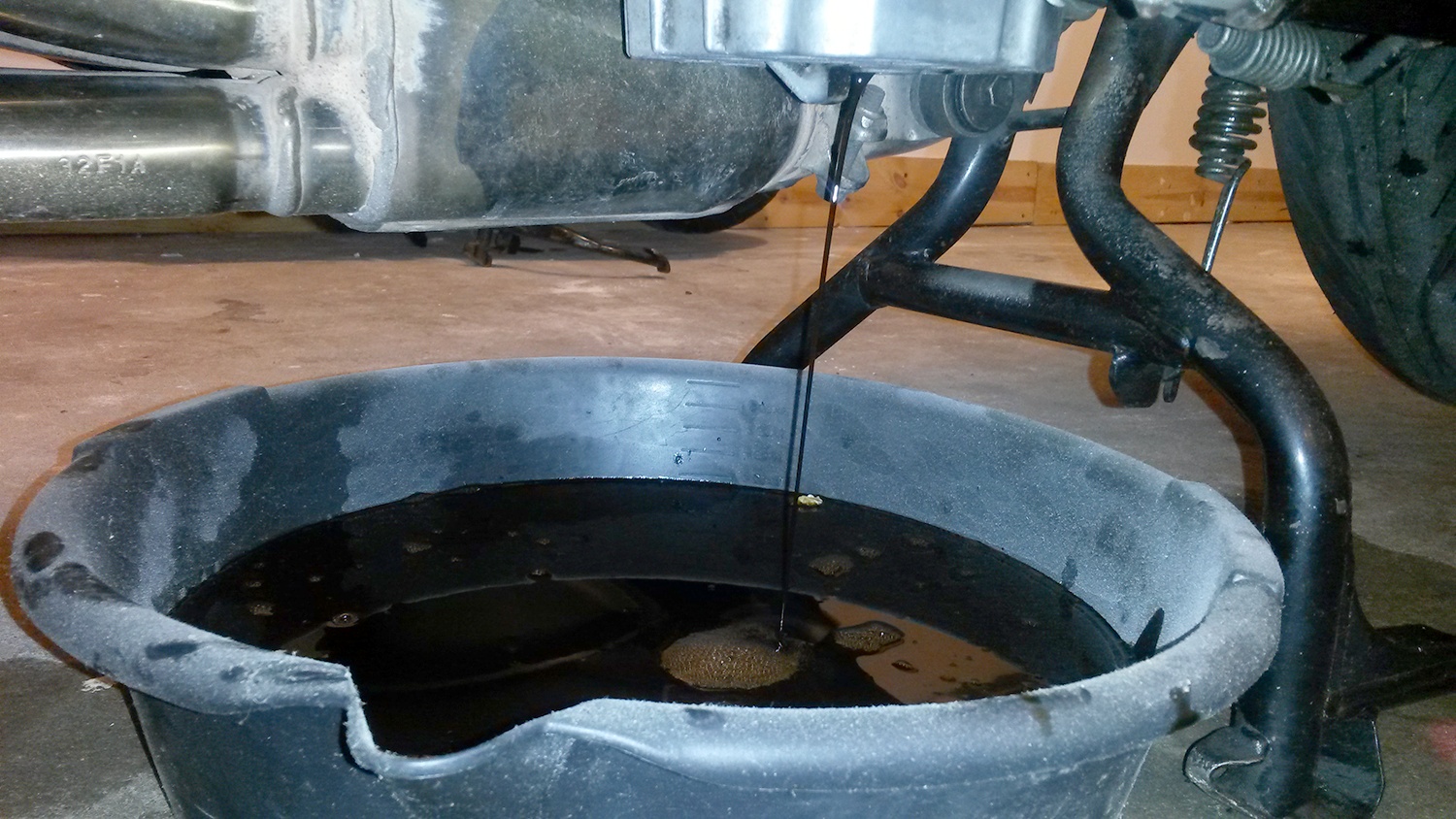
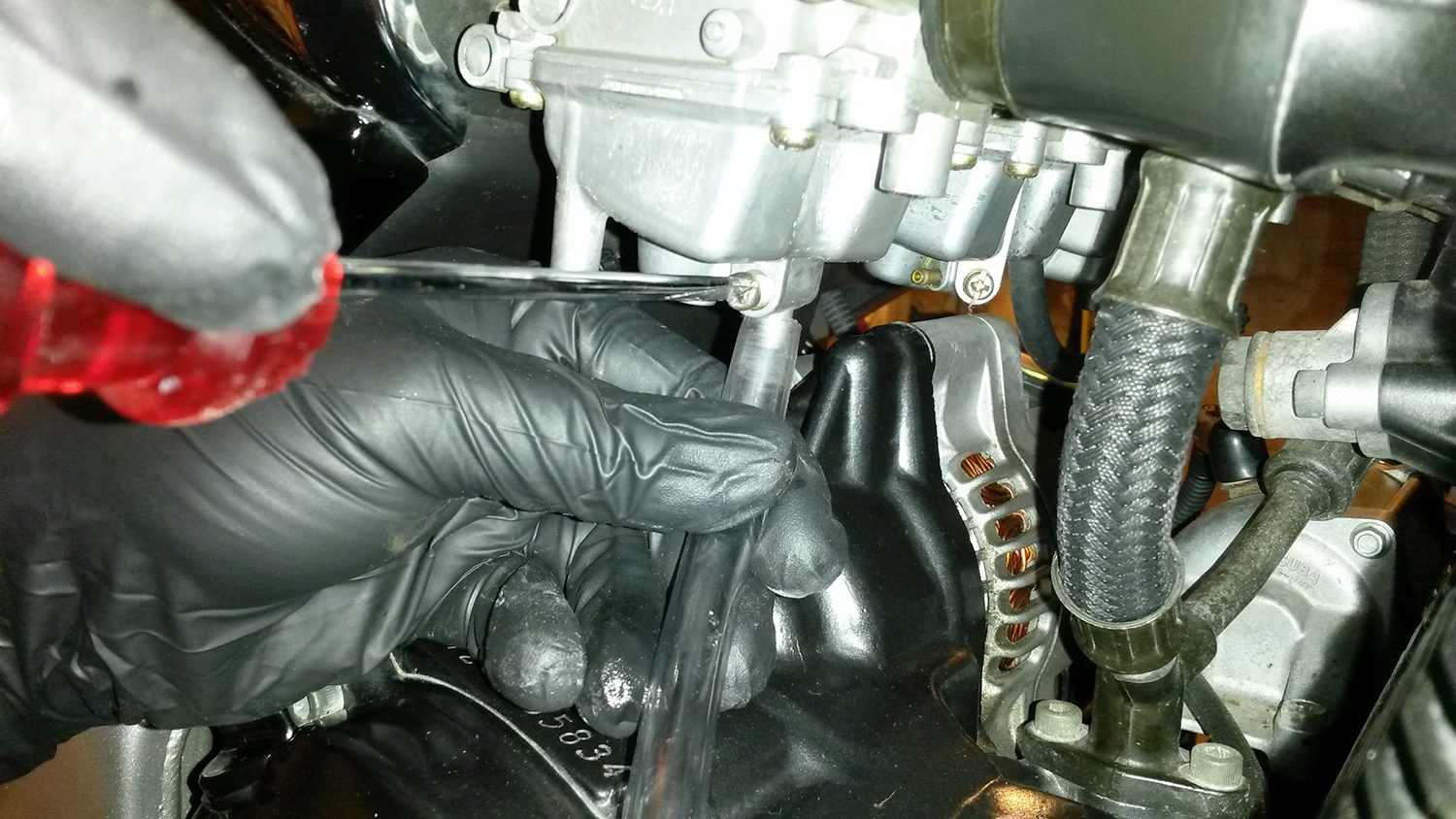
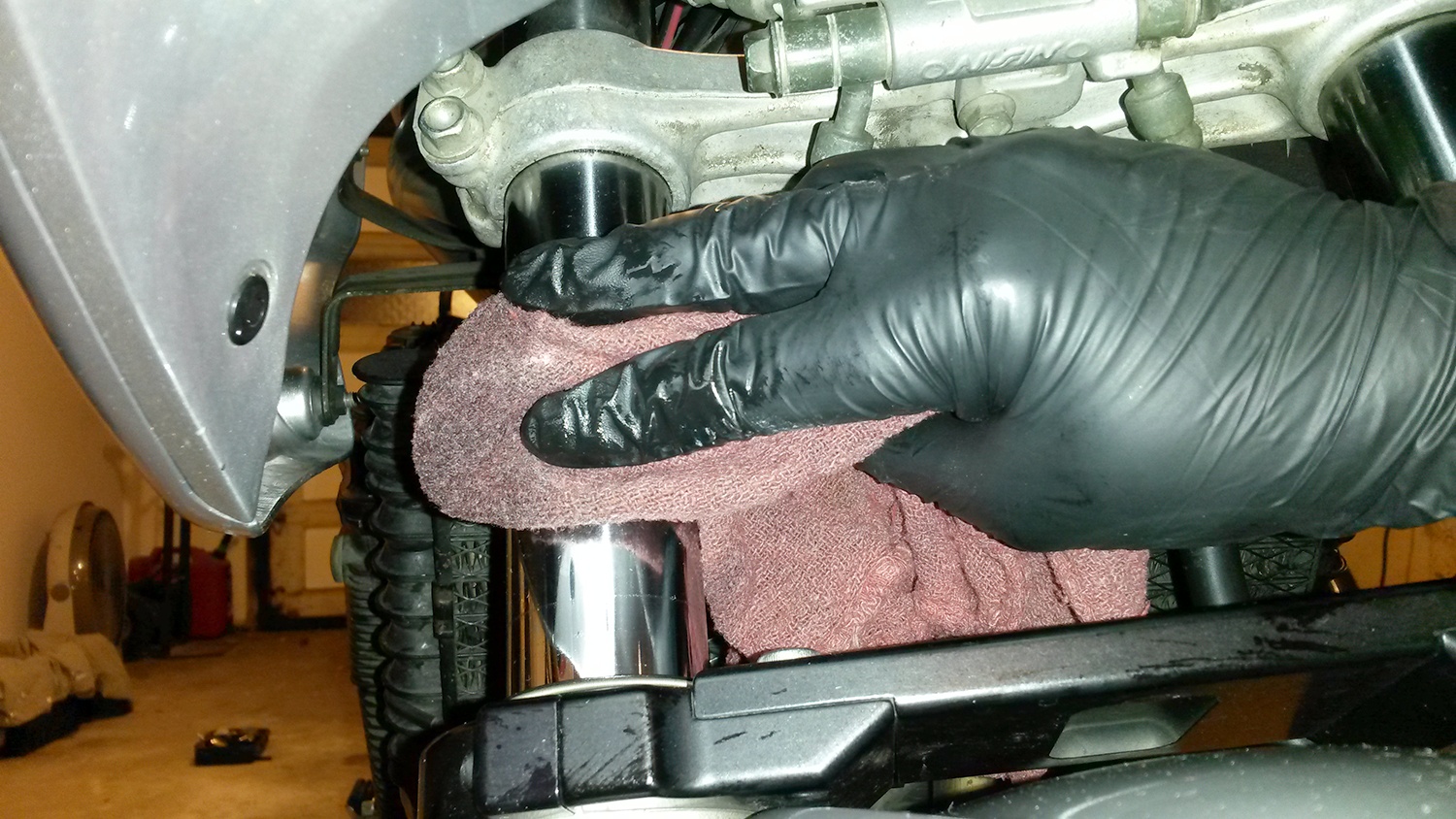
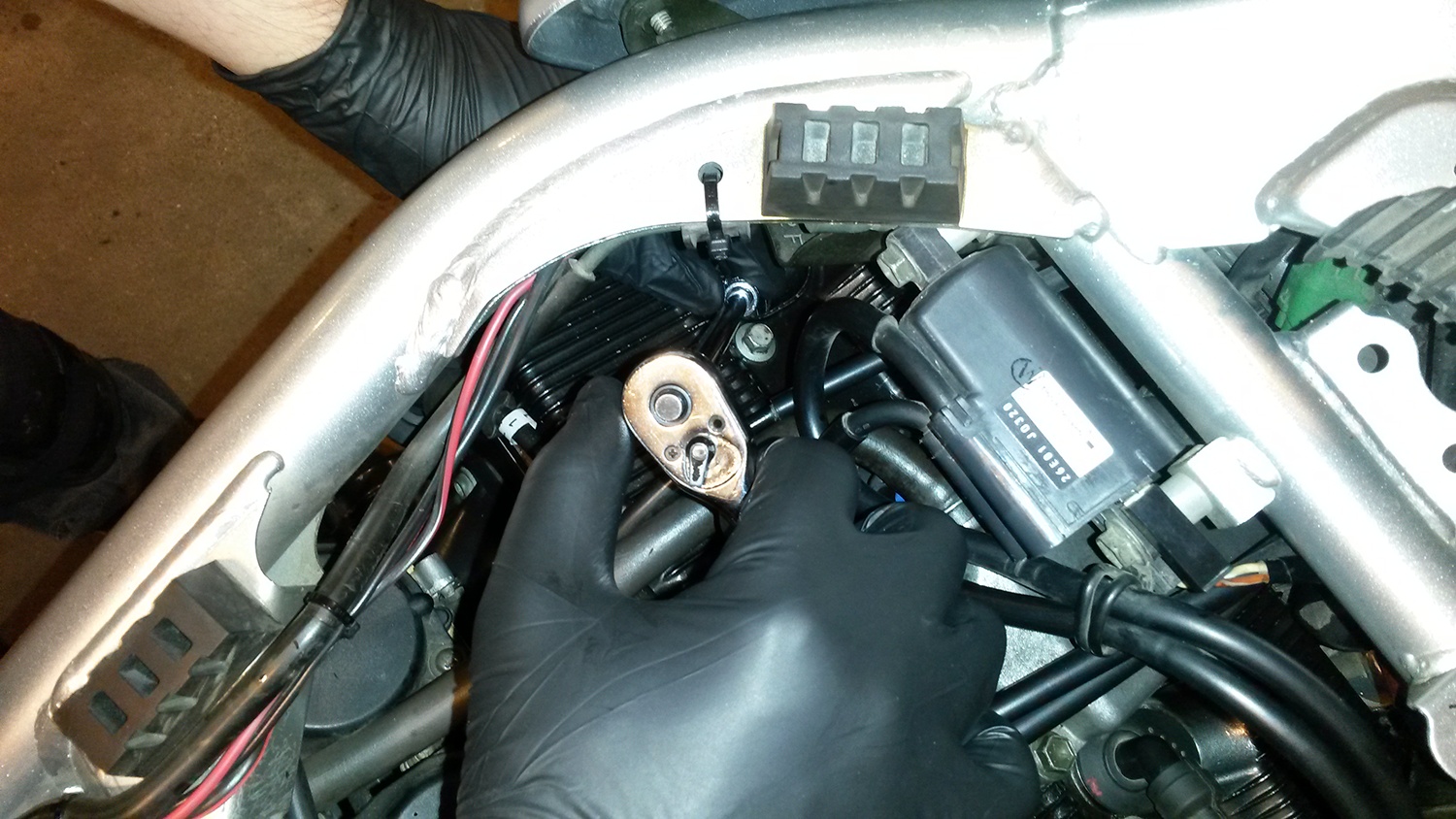

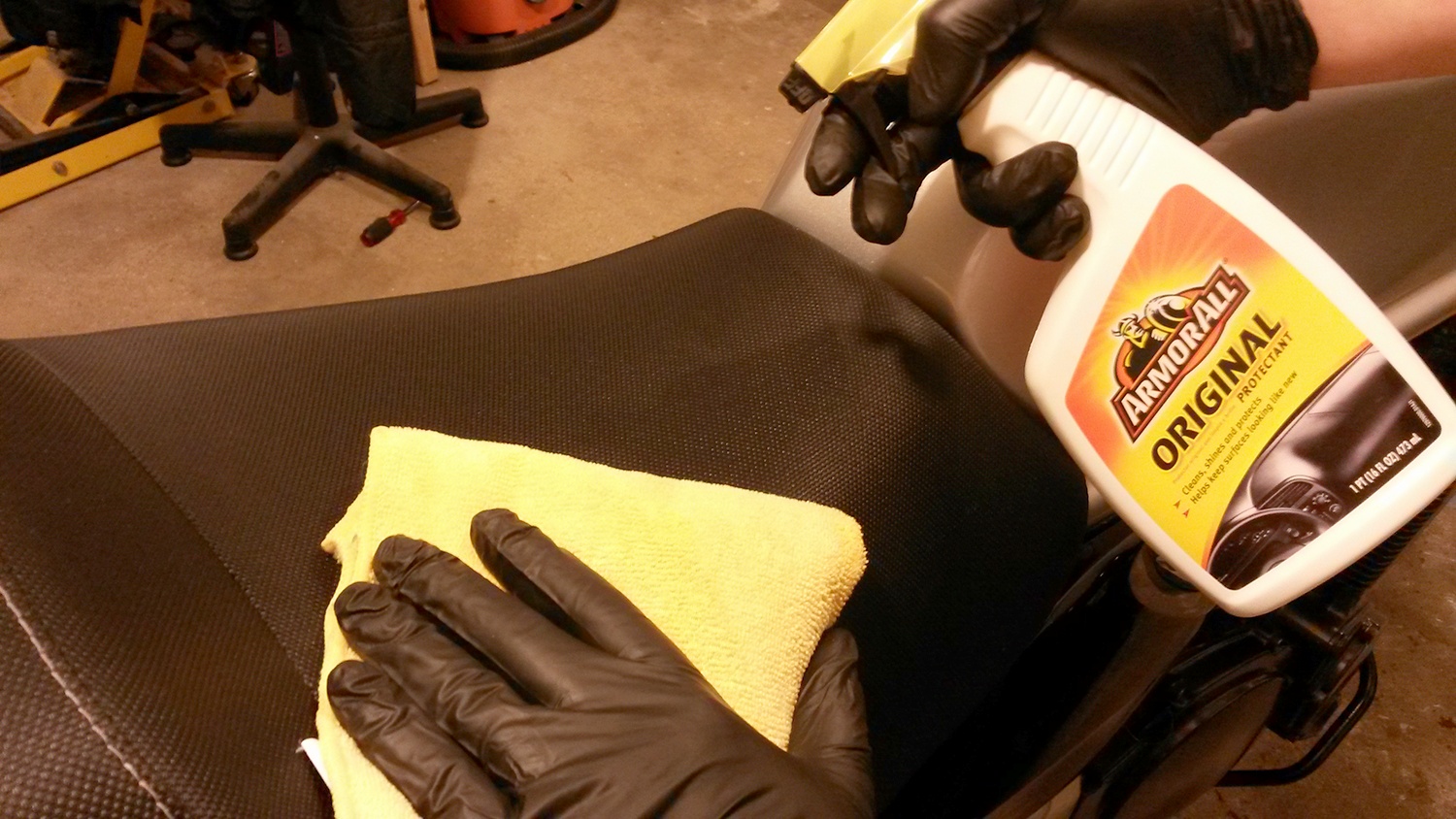
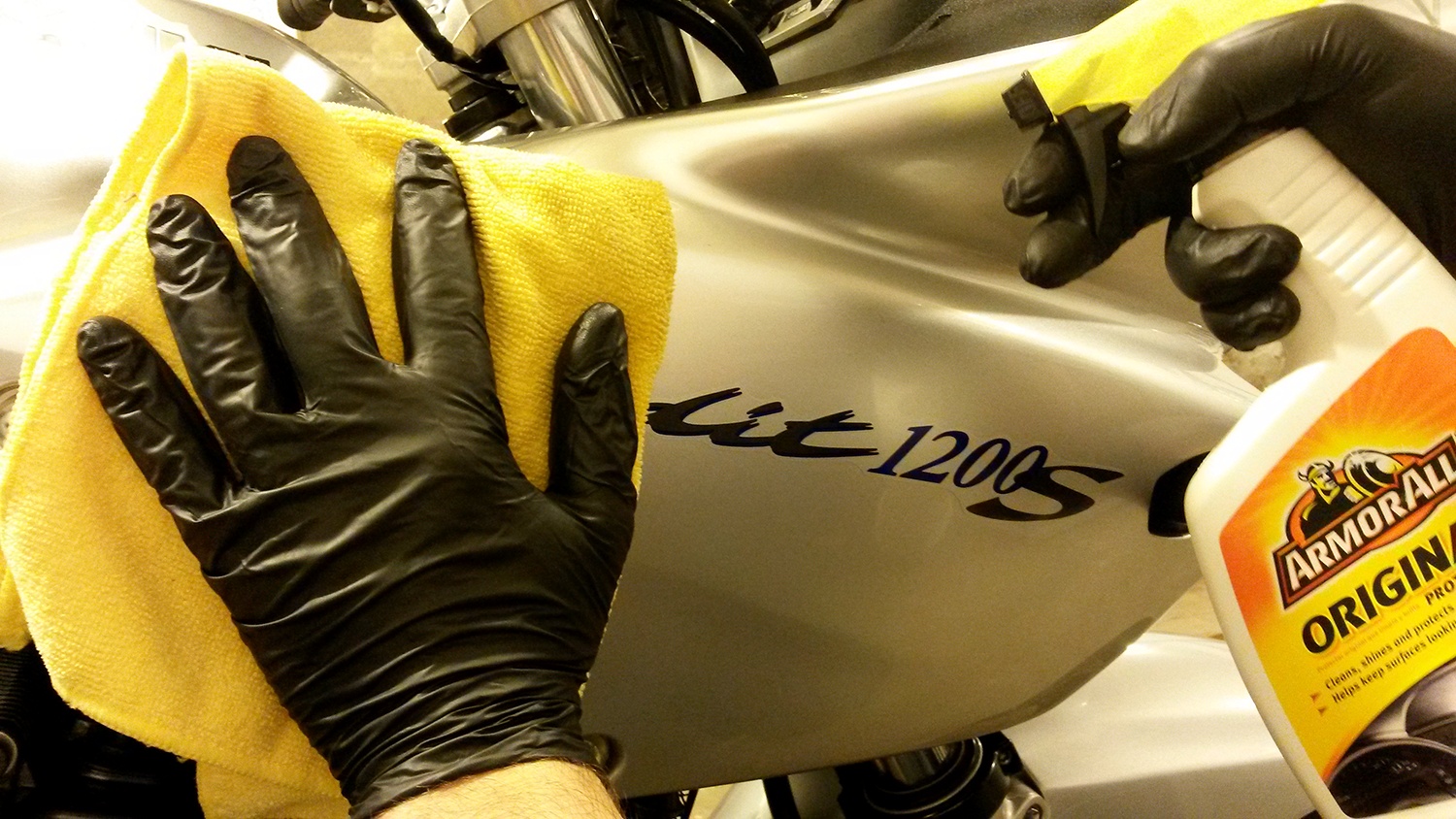
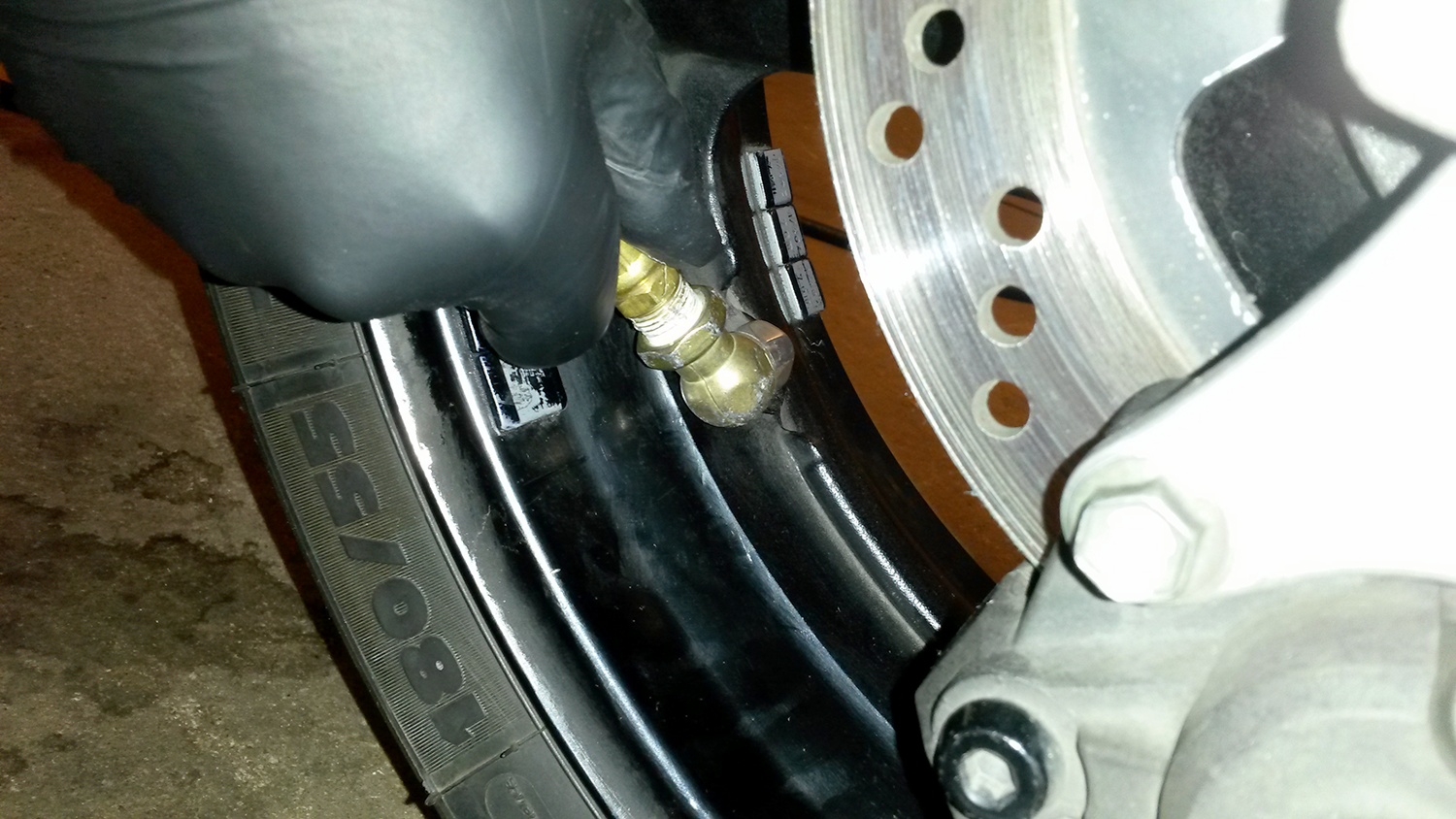

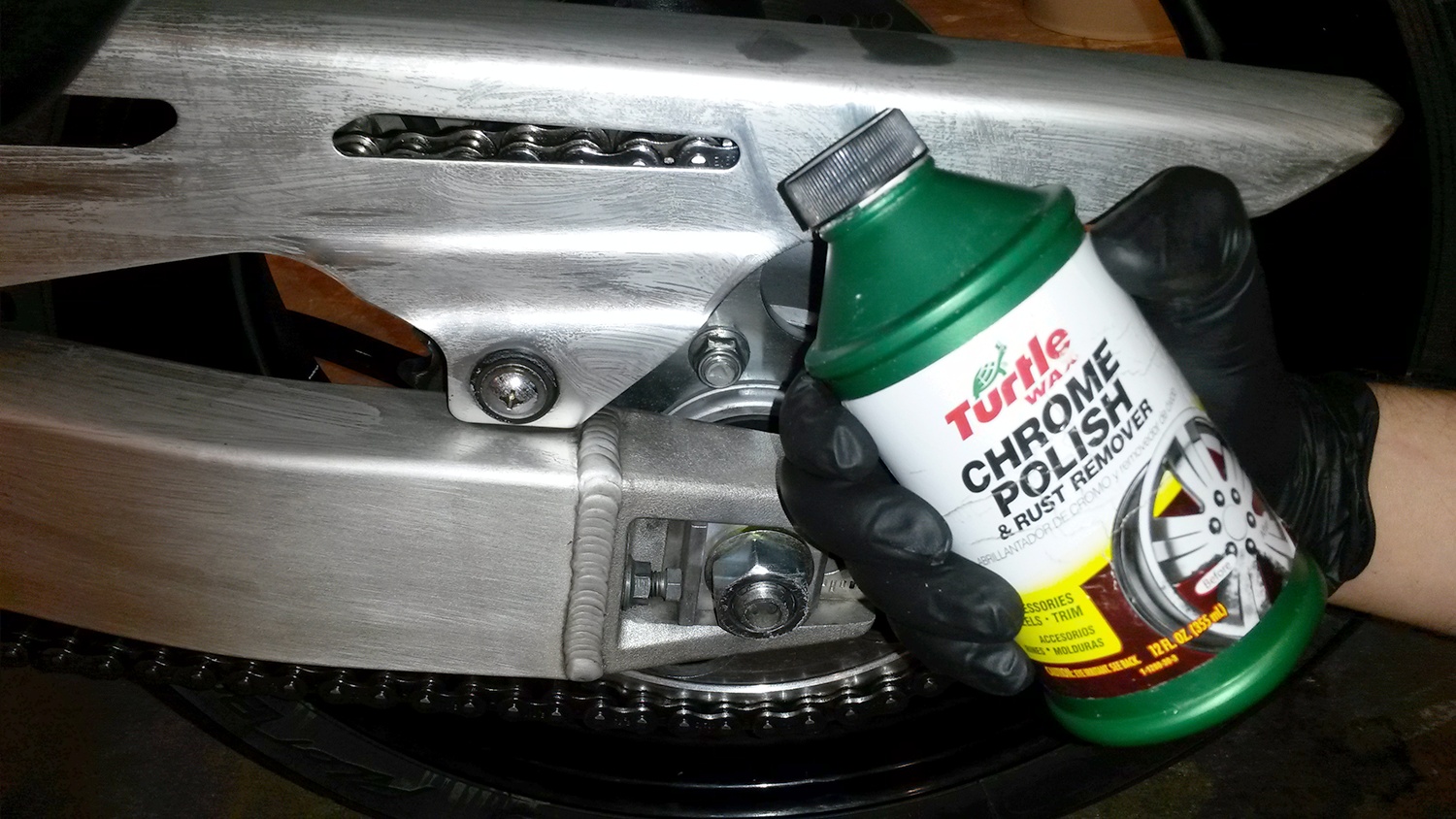

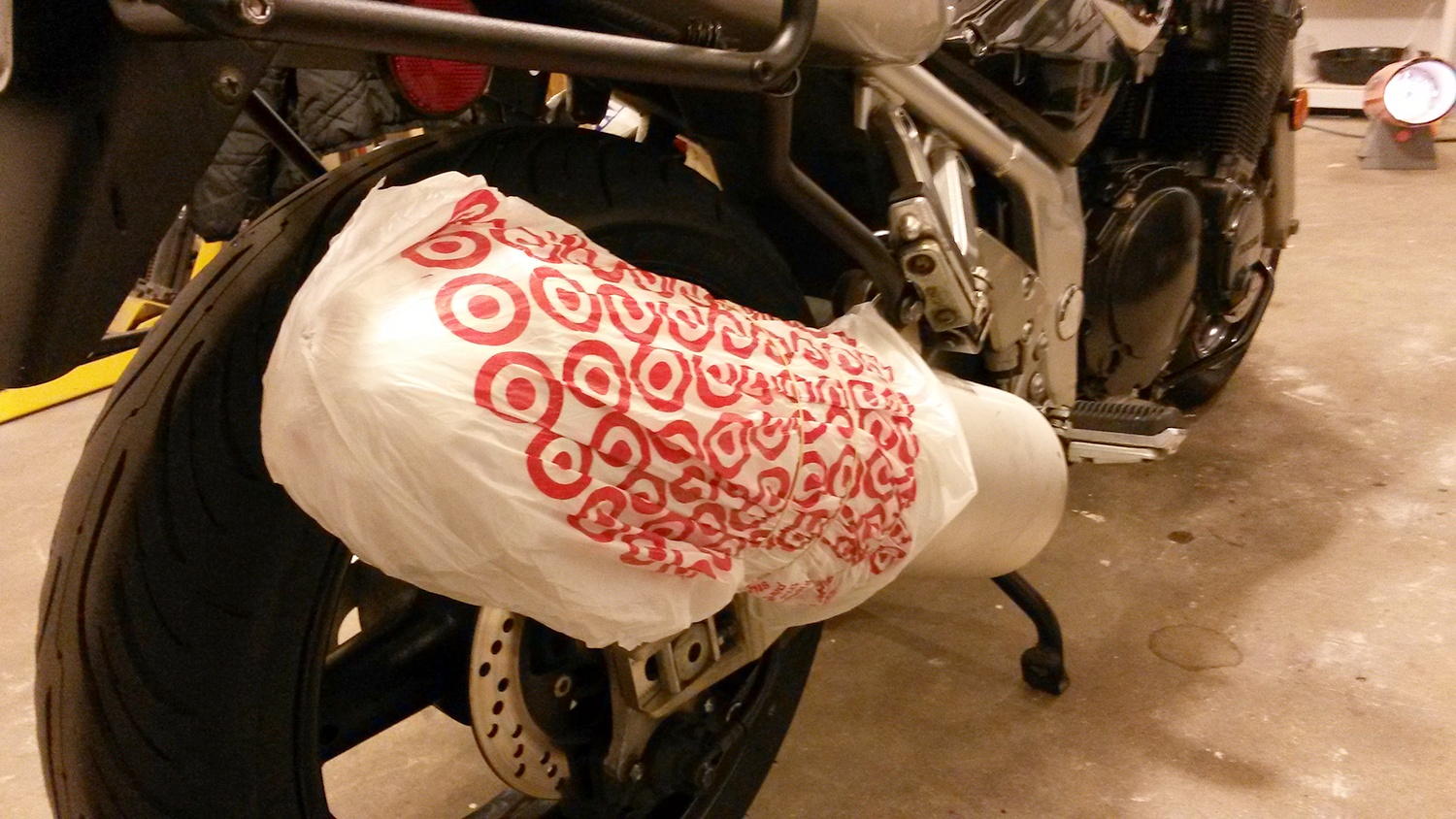
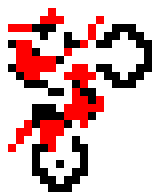
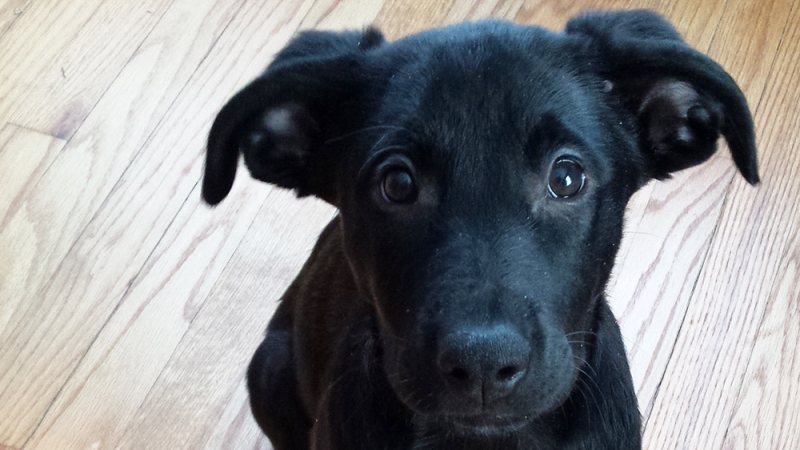

Comments
Hello TRO !
The answer to this question seems obvious but I would like second opinions. Winterizing fuel in the tank: Let's say I fill up my tank to capacity, 4 us gallons of fresh gasoline. I put in my favorite brand of stabilizer at 1 oz per 2 gallons. So I use 2 oz. of stabilizer. I run the engine for a few minutes, go inside and have a beer. Not done! A week later temps warm up so I go for another ride. I fill the tank to capacity by adding 2 gallons of gas. To keep the correct fuel to stabilizer ratio I would add 1 oz of stabilizer for the 2 new gallons of fuel. Right?
Thanks.
Your math is correct. The stabilizer burns along with the fuel, so it too is evacuated. Done riding? Re-up the "detergent" (Seafoam, Sta-Bil, whatever) and relax by the fire until your next ride.
Thoughts gone wild? Write an article!